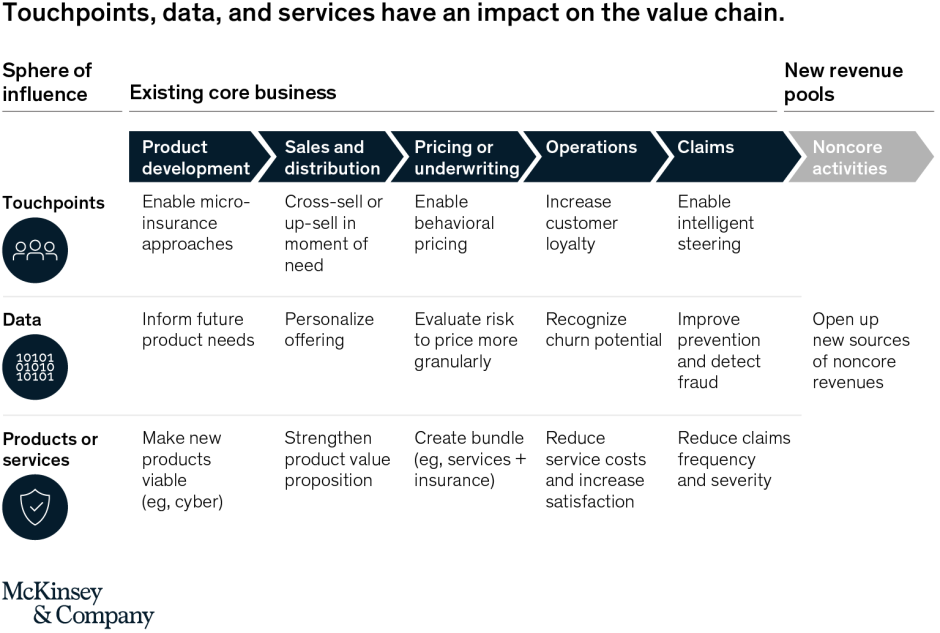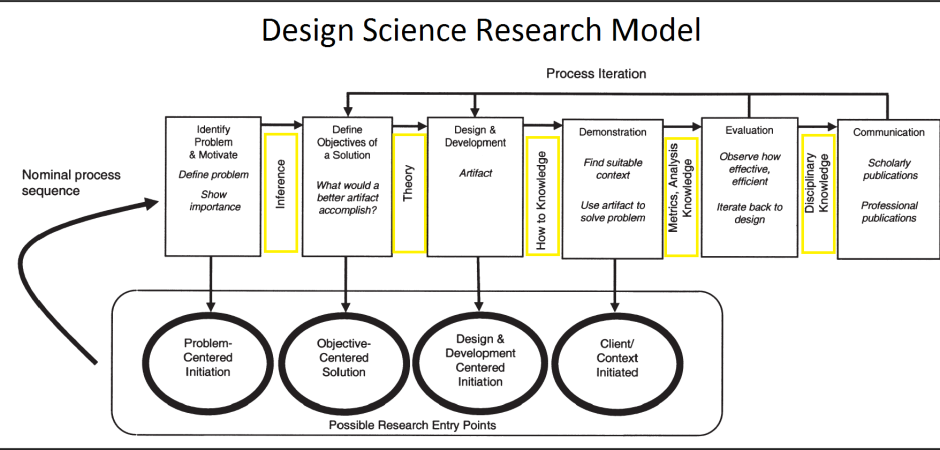Value chain
The value chain is a concept that refers to the entire process of creating and delivering a product or service, from its inception to its final consumption. It encompasses all the activities and functions involved in transforming raw materials into a finished product and delivering it to the end-user.
The value chain consists of both primary and support activities. Primary activities include inbound logistics, operations, outbound logistics, marketing and sales, and customer service. These activities directly contribute to the creation and delivery of the product or service.
On the other hand, support activities provide the necessary infrastructure and resources to facilitate the primary activities. These include procurement, technology development, human resource management, and firm infrastructure. While they may not directly add value to the final product, they play a crucial role in ensuring the smooth functioning of the value chain.
By analyzing each step in the value chain, businesses can identify areas where they can optimize processes, reduce costs, and enhance overall efficiency. This allows them to create a competitive advantage by offering products or services at a lower cost or with unique features that differentiate them from their competitors.
Understanding the value chain is essential for businesses looking to improve their operations and gain a deeper understanding of how their products or services are created and delivered. By mapping out the entire value chain, businesses can identify opportunities for innovation, collaboration, and improvement, ultimately leading to increased customer satisfaction and profitability.
In conclusion, the value chain is a comprehensive framework that helps businesses analyze and optimize their processes, from sourcing raw materials to delivering the final product to customers. By understanding the value chain, businesses can strategically position themselves in the market and gain a competitive edge.











































































